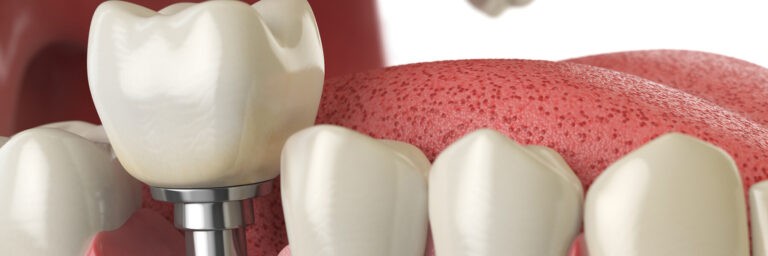Standard Root Canal

In the situation that a tooth is considered so threatened by decay or breakage that future infection is considered likely or inevitable, a pulpectomy, removal of the pulp tissue, is advisable to prevent such infection.
Usually, some inflammation and/or infection is already present within or below the tooth. To cure the infection and save the tooth, the dentist drills into the pulp chamber and removes the infected pulp and then cleans the nerve out of the root canal(s) with hand or rotary files. After this is done, the dentist fills each of the root canals and the chamber with an inert material and seals up the opening. During the process it is necesssary to take x-rays to determine that the nerve tissue has been completely removed and that the filling material has been inserted to the necesssary length. The standard filling material is gutta-percha, a natural non-elastic latex from the sap of the percha (Palaquium gutta) tree. The standard endodontic technique involves inserting a gutta-percha cone (a “point”) into the cleaned-out root canal along with cement and a sealer. Another technique uses melted or heat-softened gutta-percha which is then injected or pressed into the root canal passage(s). However, gutta-percha shrinks as it cools, so thermal techniques can be unreliable; sometimes a combination of techniques is used. Gutta-percha is radiopaque, allowing verification afterwards that the root canal passages have been completely filled in, without voids.
After receiving a root canal, the tooth should be protected with a crown that covers the cusps of the tooth. Otherwise, over the years the tooth will almost certainly fracture, since root canals remove tooth structure from the tooth and undermine the tooth’s structural integrity. Also, root canal teeth are more brittle than teeth not treated with a root canal. This is because the blood supply to the tooth, which nourishes and hydrates the tooth structure, is removed during the root canal procedure, leaving the tooth without a source of moisture replenishment. Also, many people believe once a tooth has had a root canal treatment it cannot get decay. This is not true. A tooth with a root canal treatment still has the ability to decay, and without proper home care and an adequate fluoride source the tooth structure can become severely decayed (often without the patient’s knowledge since the nerve has been removed, leaving the tooth without any pain perception). Non-restorable carious destruction is the main reason for extraction of teeth after root canal therapy. Therefore it is very important to have regular X-rays taken of the root canal to ensure that the tooth is not having any problems that the patient would not be aware of.






